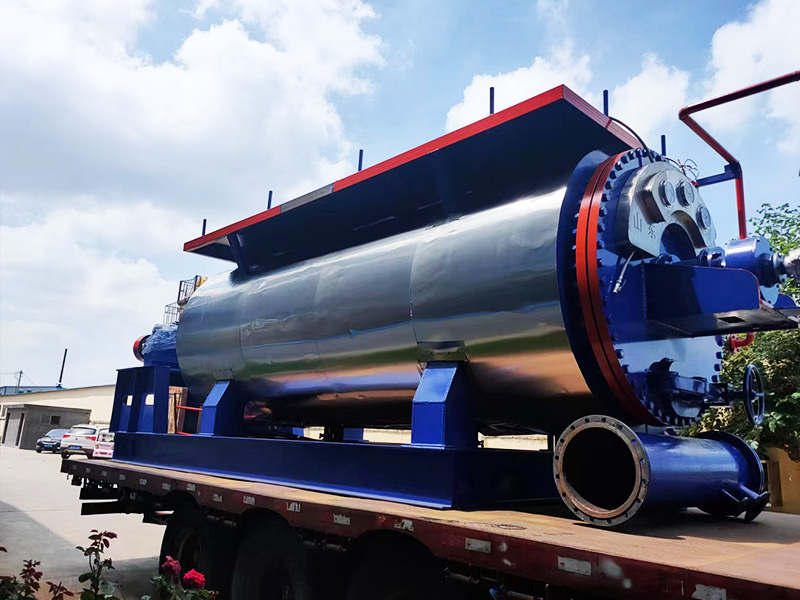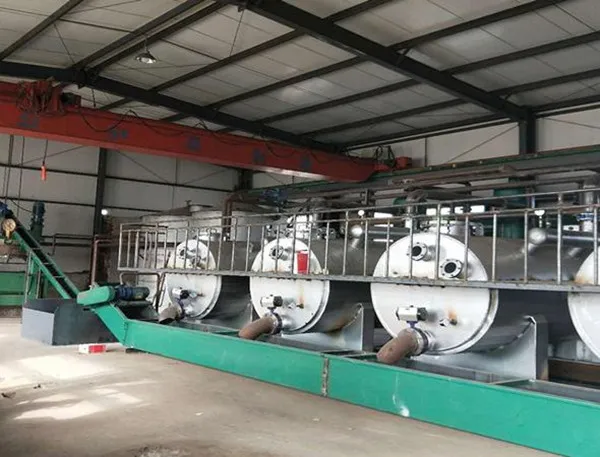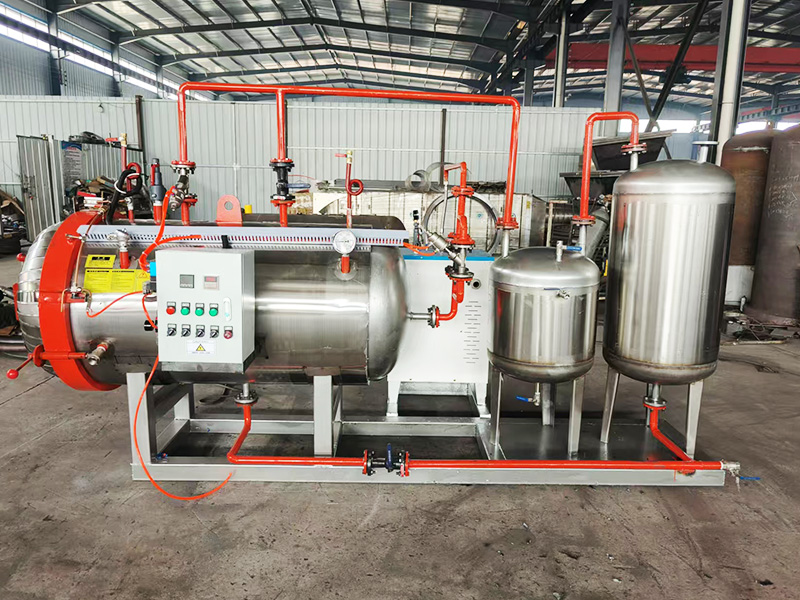FAQ
How long is your delivery time?
How many production lines in your factory?
Analysis of incineration equipment, chemical treatment equipment and fermentation equipment in animal harmless treatment equipment.
Incineration equipment mainly converts animal carcasses and waste into ashes and harmless gases through high-temperature combustion. Its working principle is to use the high temperature generated by fuel combustion to rapidly decompose the organic matter in animal carcasses. In terms of performance parameters, the processing capacity depends on the scale and design of the incinerator and can generally handle a large number of animal carcasses. Energy consumption is relatively high, mainly due to fuel consumption. The floor area is relatively large, and a special incineration facility needs to be constructed. The advantage is that the processing speed is fast and pathogens can be completely eliminated, reducing the risk of epidemic transmission. However, the limitations are also obvious. For example, harmful gases such as dioxins will be generated during the combustion process, and advanced waste gas treatment equipment is required; the cost is high, including equipment purchase, operation and maintenance costs.
Chemical treatment equipment decomposes animal carcasses into products such as grease and bone meal through high-temperature and high-pressure treatment. The working principle is that under certain temperature and pressure, the organic matter such as protein in animal carcasses undergoes hydrolysis and pyrolysis reactions. In terms of performance parameters, the processing capacity varies depending on the equipment model. Energy consumption is mainly steam or electricity. The floor area is moderate. Its advantage is that it can realize resource recycling. For example, products with economic value such as grease and bone meal can be produced. The limitation is that waste water and waste gas may be generated during the processing process and need to be treated; the requirements for the sealing and pressure resistance of the equipment are relatively high.
Fermentation equipment uses the fermentation of microorganisms to decompose animal carcasses into organic fertilizers. The working principle is to mix animal carcasses with specific microbial strains. Under suitable temperature and humidity conditions, microorganisms grow and reproduce and decompose the organic matter in animal carcasses. In terms of performance parameters, the processing capacity is relatively small, and energy consumption is mainly to maintain the temperature and humidity required for fermentation. The floor area is small. The advantage is that it is environmentally friendly and does not generate harmful gases and waste water; the cost is low. The limitation is that the processing time is relatively long, and the environmental conditions are relatively high. If the temperature, humidity and other controls are improper, it may affect the fermentation effect.
Manufacturing standards for animal harmless treatment equipment.
The manufacture of animal harmless treatment equipment needs to follow strict technical standards and specifications. These standards include aspects such as equipment design, manufacturing materials, and safety performance. For example, the structural design of the equipment should be reasonable to ensure that it can withstand harsh conditions such as high temperature and high pressure during the processing process. The manufacturing materials should have characteristics such as corrosion resistance and high temperature resistance to ensure the service life of the equipment. In terms of safety performance, the equipment should be equipped with necessary safety devices such as explosion-proof devices and pressure relief devices to prevent accidents.
Quality inspection is an important link to ensure the quality of equipment. Factory inspection includes inspecting the appearance, size, and performance parameters of the equipment to ensure that the equipment meets the design requirements. Installation and commissioning inspection is mainly to test the operating performance of the equipment after the installation is completed to ensure that the equipment can operate normally. Operation inspection is to regularly monitor the operating status of the equipment after the equipment is put into use to detect and solve problems in time.
The certification system plays an important role in the manufacture of animal harmless treatment equipment. ISO certification and CE certification are widely recognized certification systems internationally. Through these certifications, the quality and safety of the equipment can be proved. Certification requires equipment manufacturers to establish a perfect quality management system and strictly control the links of equipment design, manufacturing, and inspection to ensure that the equipment complies with relevant standards and specifications.
Prospects of intelligent animal harmless treatment equipment.
Intelligent equipment has broad development prospects in animal harmless treatment. Automatic control can realize unattended operation of equipment, improve processing efficiency and stability. The remote monitoring function allows operators to understand the operating status of the equipment in real time, detect problems in time and deal with them. The data analysis function can analyze the operating data of the equipment, optimize the processing technology and improve the performance of the equipment.
The innovation direction of environmentally friendly animal harmless treatment equipment mainly includes low pollution emission, resource recycling and energy saving and emission reduction. By adopting advanced waste gas treatment technology and waste water treatment technology, the pollutant emissions during the operation of the equipment are reduced. At the same time, strengthen resource recycling, such as converting animal carcasses into valuable products such as grease and bone meal to realize the recycling of resources. In terms of energy saving and emission reduction, energy consumption of equipment can be reduced by optimizing equipment design and improving energy utilization efficiency.
The advantages of multifunctional integrated equipment are obvious. It can integrate multiple processing functions in one equipment, improve processing efficiency and reduce costs. For example, some multifunctional equipment can simultaneously realize multiple processing methods such as incineration, chemical treatment and fermentation, and switch according to different processing needs. In addition, multifunctional integrated equipment can also reduce the floor area and facilitate the installation and use of equipment.







